When cleaning your gas tank, you can take a few important steps to prevent rust bits from forming after the cleaning process is complete. Rust can be a serious problem for your vehicle’s fuel system, as it can cause clogs and damage to important components.
Properly preparing and protecting your gas tank with tank coatings can help ensure it stays rust-free and in good working order for miles to come. Cleaning your gas tank is an important step in maintaining the longevity of your vehicle, but it’s also crucial to address the future rust concerns. Once you have finished cleaning it, you’ll need to take measures to prevent a rusty fuel tank.
Rust can cause damage to the fuel system and lead to costly repairs. Here, we will discuss essential tips on how to keep gas tank from rusting after cleaning in minutes. We have listed 12 tips that range from using a tank sealer to applying a sealant or protective coating.
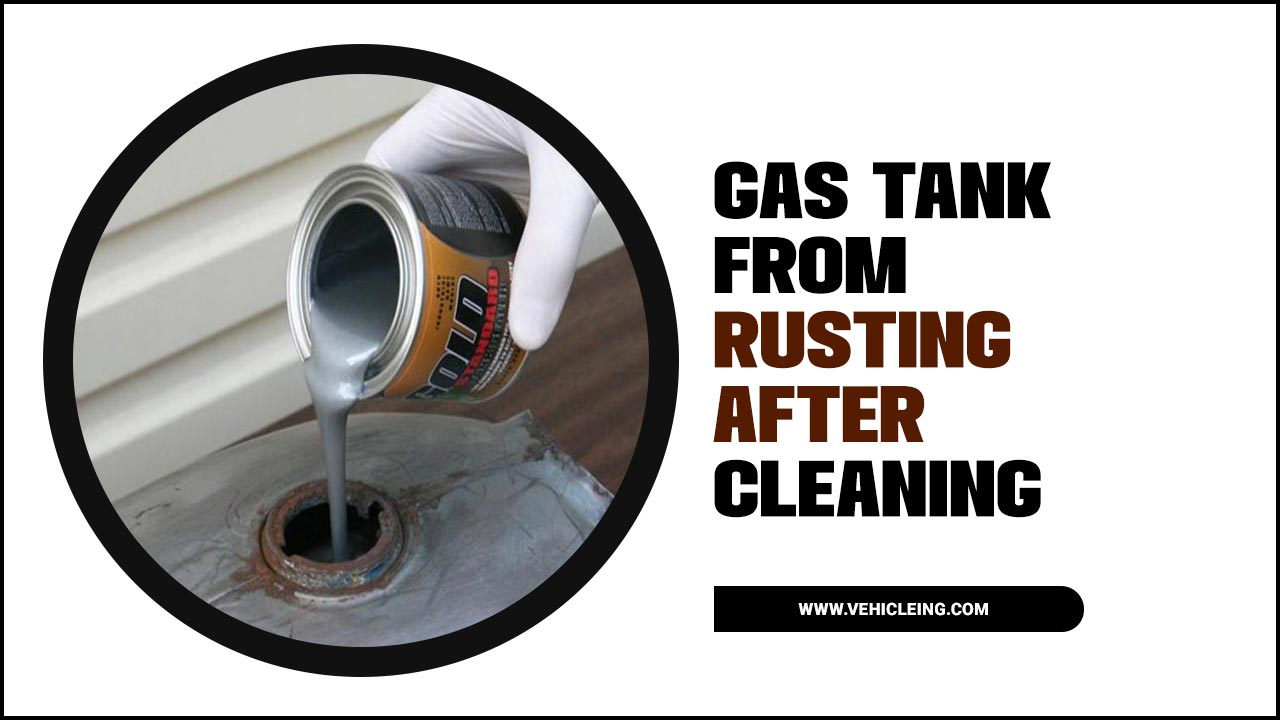
Why Keep Gas Tank Rust-Free?
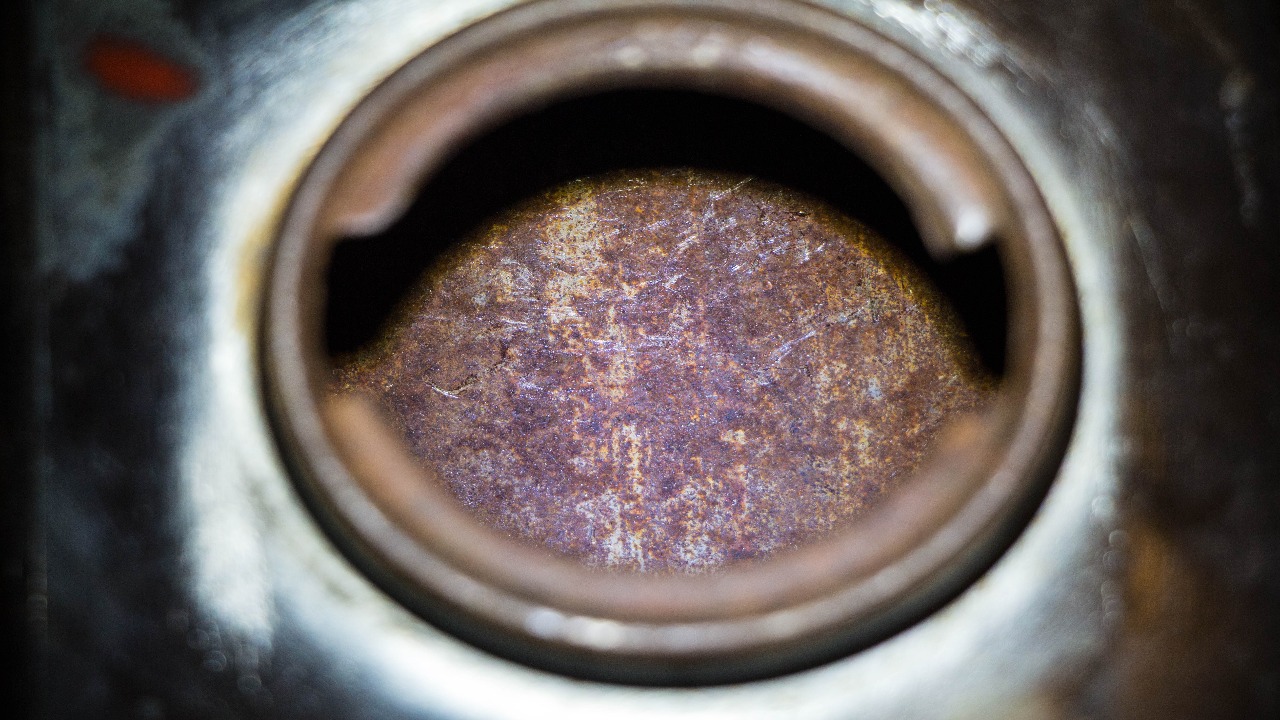
Keeping your gas tank rust-free is crucial for optimal performance and longevity. Rust can negatively impact the fuel system, leading to many problems that can be expensive to repair and potentially dangerous on the road. Phosphoric acid is a widely used chemical compound that effectively removes rust from metal surfaces. An alcohol rinse is an effective method to prevent rusting in your gas tank after cleaning.
After cleaning your gas 25th gas tank, it is of utmost importance to take the necessary steps to prevent rust from forming again. Rust particles can clog the fuel lines, filters, and injectors, impeding the smooth flow of fuel and reducing engine efficiency.
This can decrease fuel economy, reduce power, and rough idling. Additionally, acid for rust can cause corrosion and damage sensitive fuel system components, leading to costly repairs or complete failure.
How To Keep Gas Tank From Rusting After Cleaning
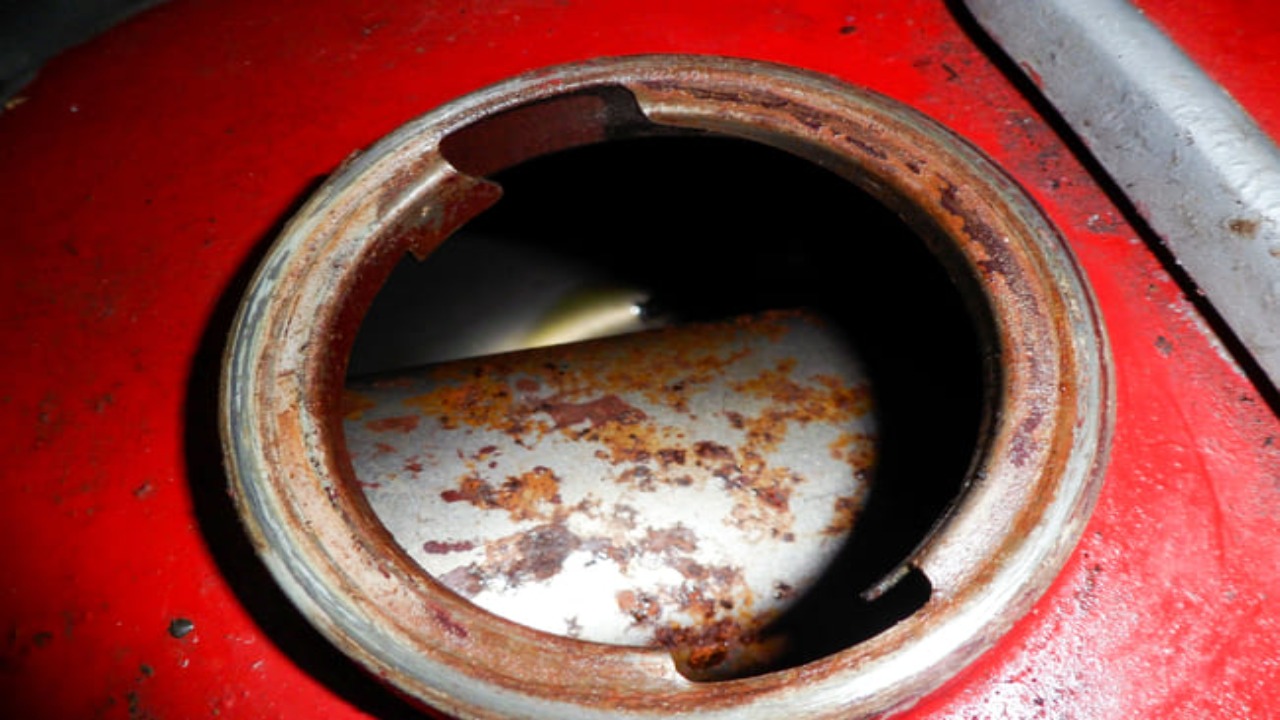
Maintaining a vehicle includes the important task of cleaning the garage to ensure its proper functioning. After giving it a stroke of thorough cleaning, it is crucial to take measures to prevent any bit of rusting. The cleaning process involves removing the gas tank from the vehicle, draining the remaining fuel, and using specialized solvents or cleaners to clean the tank’s interior.
To prevent future rusting, it is recommended to apply a tank sealant or rust issue inhibitor to the interior of the tank, following the manufacturer’s instructions. Additionally, using a fuel stabilizer, such as diesel fuel, can be a great alternative to gasoline due to its higher energy density and lower emissions.
Additionally, using a fuel additive with corrosion inhibitors can provide further protection by creating a protective layer on the metal prep surfaces. Below, we will give you 4 steps on how to keep gas tank from rusting after cleaning.
Step 1: Properly Dry The Gas Tank
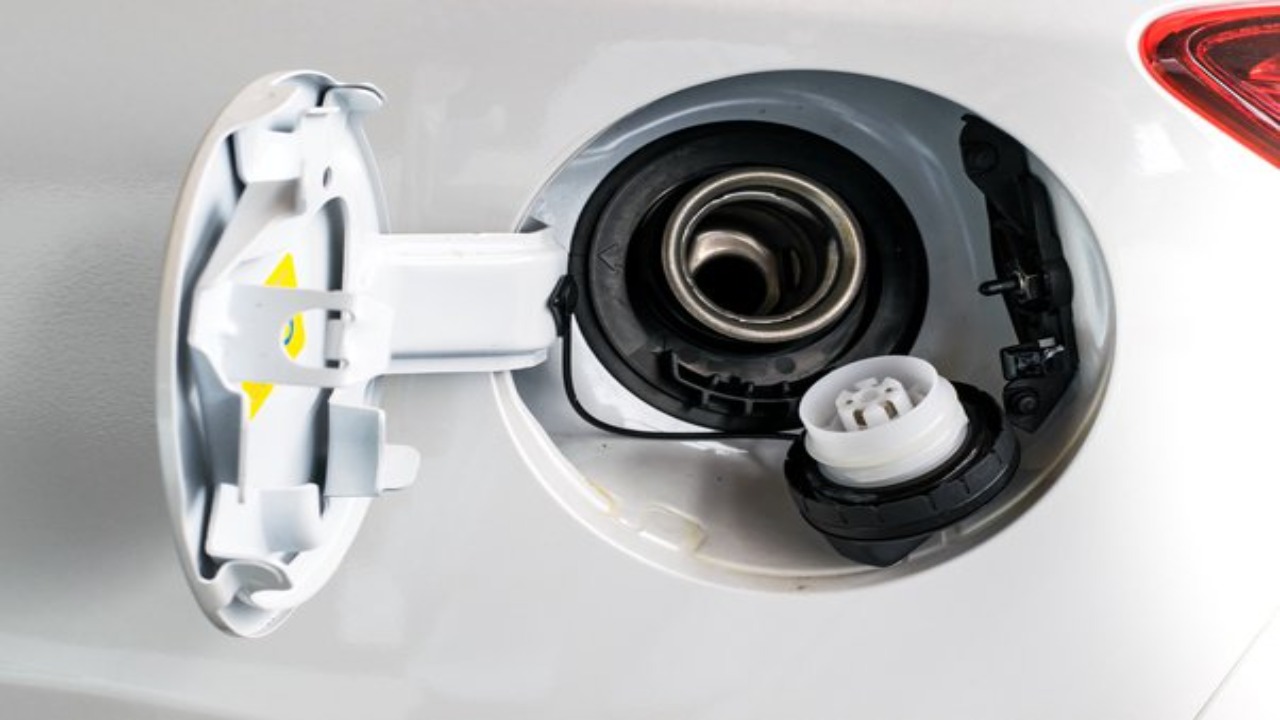
Begin using compressed air to remove excess moisture in the scrap tank. Connect a compressed air nozzle to the tank’s opening and gently blow air into it. The force of the compressed air will dislodge and expel any water rinse droplets or moisture inside the tank. Humidity can accelerate the rusting process of a gas tank.
After using compressed air, the next important step is to let the gas tank air dry completely. Place the tank in a well-ventilated area, away from any sources of moisture or humidity. Ensure all tank openings are uncovered, allowing air to circulate freely and aiding in drying. The drying duration will depend on the tank’s size and moisture present. Monitor the tank closely and proceed with further usage once completely dry.
Step 2: Apply A Rust Inhibitor
When preventing rust in alternate tanks, it is crucial to use a suitable rust inhibitor such as the widely recommended H3 rust inhibitor. To clean tank and achieve optimal results, carefully follow the manufacturer’s instructions. Start by selecting a rust inhibitor product compatible with the tank’s material, as different materials have varying susceptibility to rust.
Once chosen, apply the rust inhibitor to the tank’s interior using a sprayer or brush, depending on its size and accessibility. Ensure the surface rust is clean with motor oil and dry before application. Following the manufacturer’s guidelines, evenly coat all interior surfaces, including walls, bottom, and other susceptible areas. Once the rust inhibitor is applied, monitor its effectiveness and reapply as necessary. Regular maintenance is key to preventing rust in tanks.
Step 3: Coat The Tank With A Protective Sealant
Regarding the longevity and durability of the earliest fuel tank, a crucial step is to coat it with a high-quality sealant that meets industry standards. Before applying the sealant, it is important to thoroughly clean the tank surface to remove any dirt or contaminants that may affect its adhesion. Once the surface is clean and dry, the sealant should be evenly applied to the tank’s interior, ensuring full coverage.
Following the manufacturer’s instructions is essential for a successful application. After cleaning, vinegar is a natural and effective solution for preventing rust in a gas tank. Once the tank is clean, it is essential to apply a bit of rust inhibitor or fuel stabilizer to the interior of the tank, following the manufacturer’s instructions. Proper storage is essential for preventing rust in a cleaned gas tank.
Step 4: Regular Maintenance And Inspection
Regular maintenance and inspection of gas tanks are crucial for your safe and efficient operation. As an owner or operator, it is vital for you to periodically monitor the tank’s condition by visually inspecting it for light surface rust or damage. You understand the importance of taking immediate action when observing rust or damage, as ignoring or delaying repairs can result in leaks or tank failure.
- Addressing any signs of corrosion or structural issues promptly is important to prevent further deterioration and potential leaks.
- The use of KBS Coatings and alkaline rust removers can help loosen and remove rust effectively. Maintaining a consistently filled tank significantly reduces the risk of moisture build-up.
- Consulting a professional technician is advisable to assess the extent of the damage and determine the appropriate course of action.
- After tank cleaning, using a fuel additive is essential to prevent the fuel filler from rusting. You will make sure to keep your gas tank free from rust to ensure its longevity and proper functioning.
What Causes Gas Tank Rust?
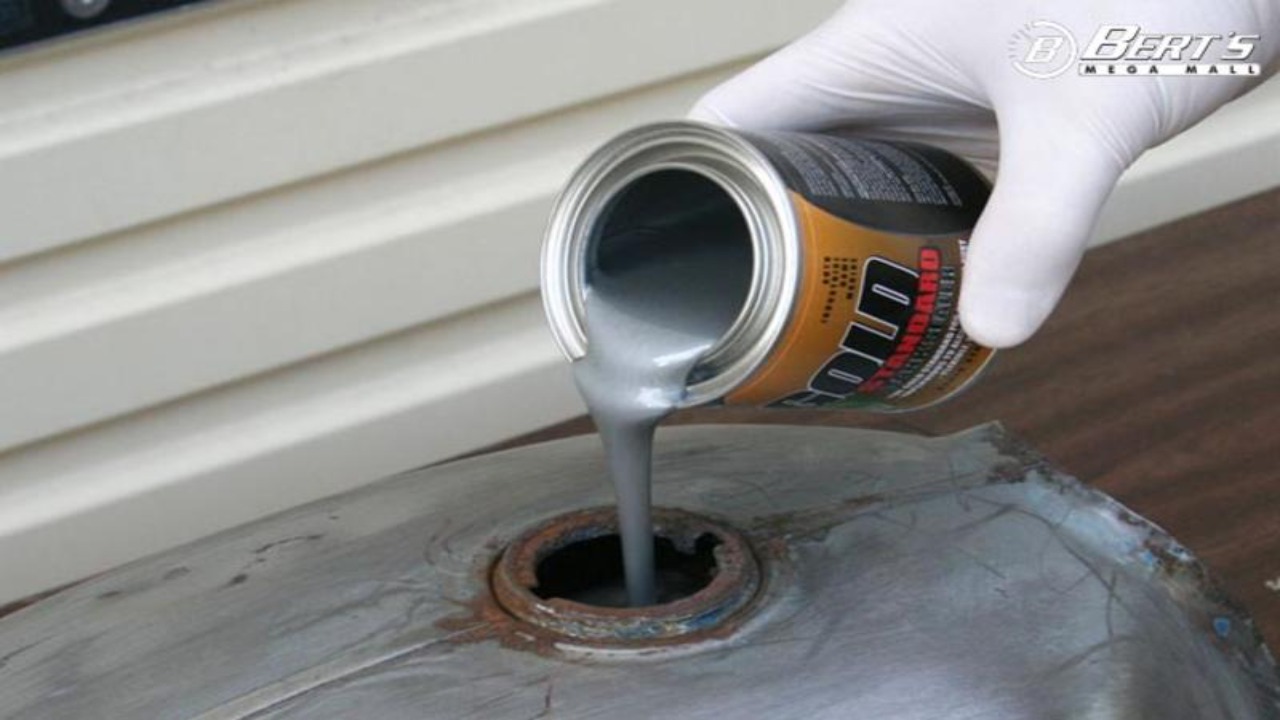
After cleaning your motorbike, it is important to prevent rust from developing in the gas tank. Rust can form when moisture enters the tank and reacts with the ferrous metal. One common cause of gas tank rust is leaving the tank empty for long periods, creating condensation. Another cause is using ethanol fuel, which can attract hot water and accelerate rust formation.
To keep your gas tank from rusting, consider using a fuel stabilizer. To prevent moisture buildup, switch to non-ethanol gasoline if possible. You may also want to invest in a gas tank fuel tank liner or tank Phosphate coating. To provide an extra layer of protection against rust formation. By taking these steps, you can help extend the life of your motorbike. And keep it running smoothly for years to come.
- Moisture
- Condensation
- Fuel Contamination
- Road Salt
- Age and Wear
- Lack of Maintenance
- Environmental Factors
- Poor Quality Materials
Things To Avoid While Cleaning Your Gas Tank
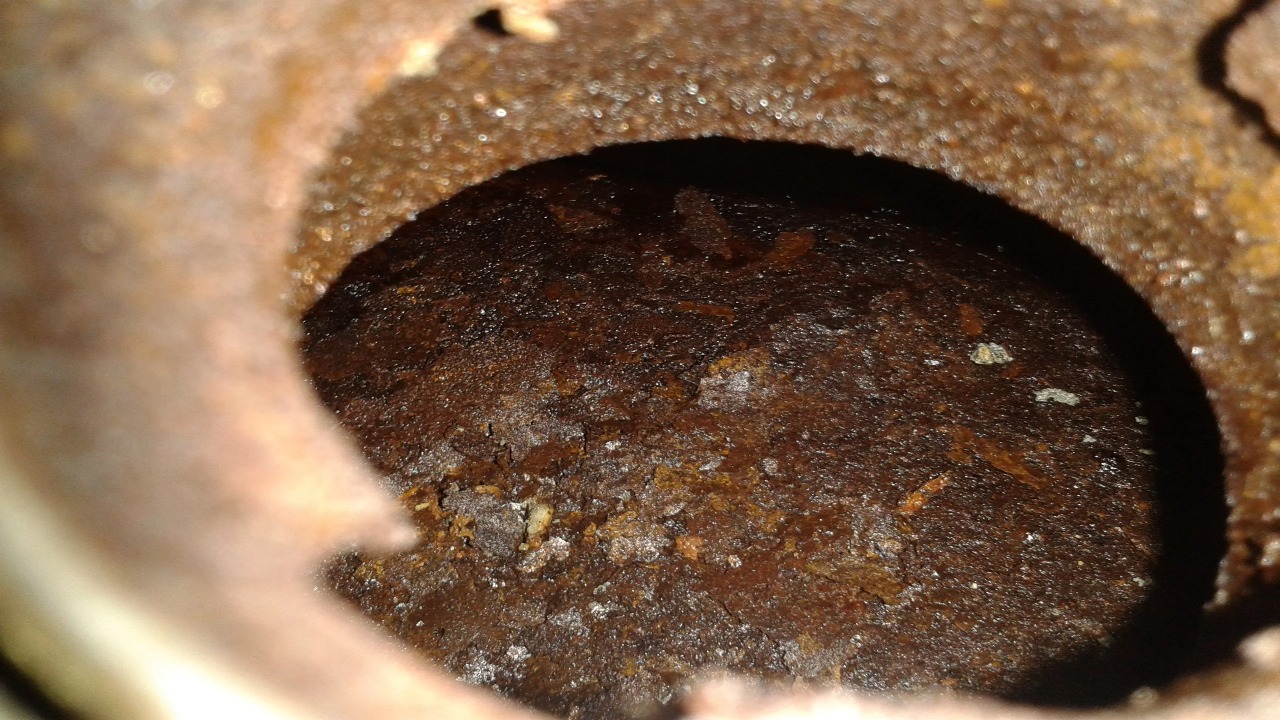
To prevent corrosion inside your fuel tank after cleaning, it is essential to avoid certain things. Abrasive materials such as steel tanks-wool or wire brushes should be avoided at all costs. They will scratch the surface of the fuel tank and expose bare metal. Which may lead to flash rusting later on. Muriatic acid is a powerful chemical that can remove rust from a gas tank. Additives can help prevent rust formation in your gas tank after cleaning.
Harsh chemicals like bleach or ammonia should also be avoided. Because they can damage both the fuel tank and you if not handled properly. Leaving water or cleaning solutions in the fuel tank for long periods can also lead to flash rust rusting. Excess moisture and even contamination.
- Open flames or smoking near the gas tank
- Aggressive or corrosive cleaning agents
- Sharp or abrasive tools that may damage the gas tank
- Disconnecting fuel lines without proper precautions
- Ignoring safety precautions (gloves and eye protection)
- Cleaning the gas tank without proper ventilation or in enclosed spaces
- Reassembling the gas tank without proper alignment and tightening
- Improper disposal of cleaning agents or fuel, harming the environment
What Will Happen If You Don’t Clean Rust From Your Vehicle’s Gas Tank?
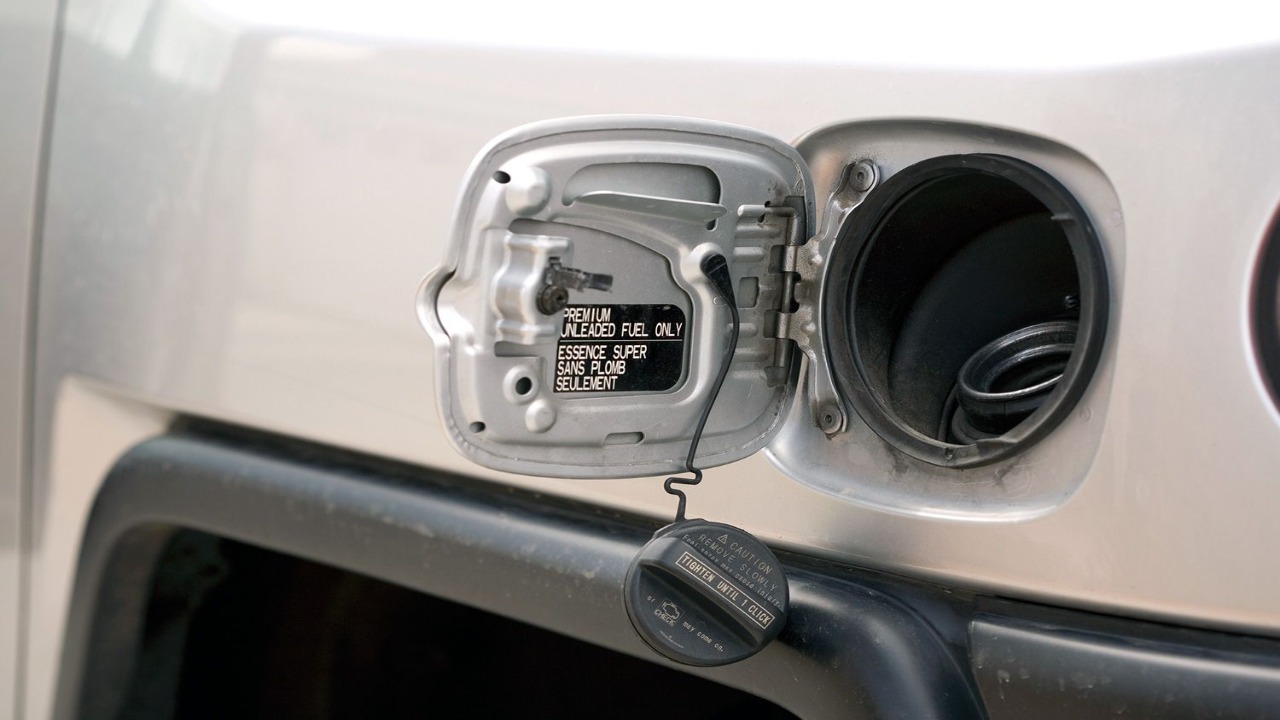
Light rust in alternate tanks, especially in older vehicles or those exposed to harsh weather, can cause various problems if not treated. It can contaminate the fuel supply, leading to clogged filters and injectors, reducing engine performance and fuel efficiency, and causing misfires or stalling.
Additionally, rust can accumulate in the fuel lines, restricting flow and impairing acceleration and overall performance. In severe cases, rust can corrode the gas tank, causing leaks and dangerous fuel spills. Neglecting rust in the unused tank compromises vehicle performance and efficiency and may result in costly repairs. Addressing rust issues is essential.
Conclusion
Preventing gas tank rust is critical for the longevity and performance of your vehicle. Several ways to keep your gas tank from rusting include using a tank sealer, abrasive chemicals, or electrolysis. One of the favorite rust preventers is filling the gas tank with water. However, it’s essential to avoid certain things while cleaning your gas tank, like using harsh chemicals or not thoroughly drying it after cleaning.
These preventative measures will help keep your gas tank in excellent condition and prevent costly repairs. Keeping your gas tank full can help prevent condensation, leading to rust formation. Regularly inspecting your gas tank and promptly addressing any issues can also help prevent rust from becoming a problem. By taking these steps, you can how to keep gas tank from rusting after cleaning in top shape and ensure your vehicle stays on the road for years.
Frequently Asked Questions
What Is The Best Rust Remover?
Popular rust removal options include gallons of white vinegar, lemon juice, baking soda, and commercial rust alkaline solution rust removers like WD-40 or Evapo-Rust.
Does Vinegar Remove Rust?
Yes, vinegar can remove rust due to its acidic nature. When applied to rusted tank metal, vinegar reacts with the rust and helps dissolve it, making it easier to scrub.
Is A Little Rust In Gas Tank Ok?
A little rust in an unused tank is generally not ideal. Rust can eventually lead to the fuel line and filter clogs, causing engine performance issues.
Does Kerosene Remove Rust?
Kerosene can be used as a rust penetrant and help loosen rusted parts, making them easier to remove. However, it does not directly remove rust as it has no rust-dissolving properties like other chemicals.
Does Toothpaste Remove Rust?
No, toothpaste does not effectively remove rust. Toothpaste, a common household staple used for oral hygiene, is often considered an effective edging ammonium citrate solution for removing rust.
